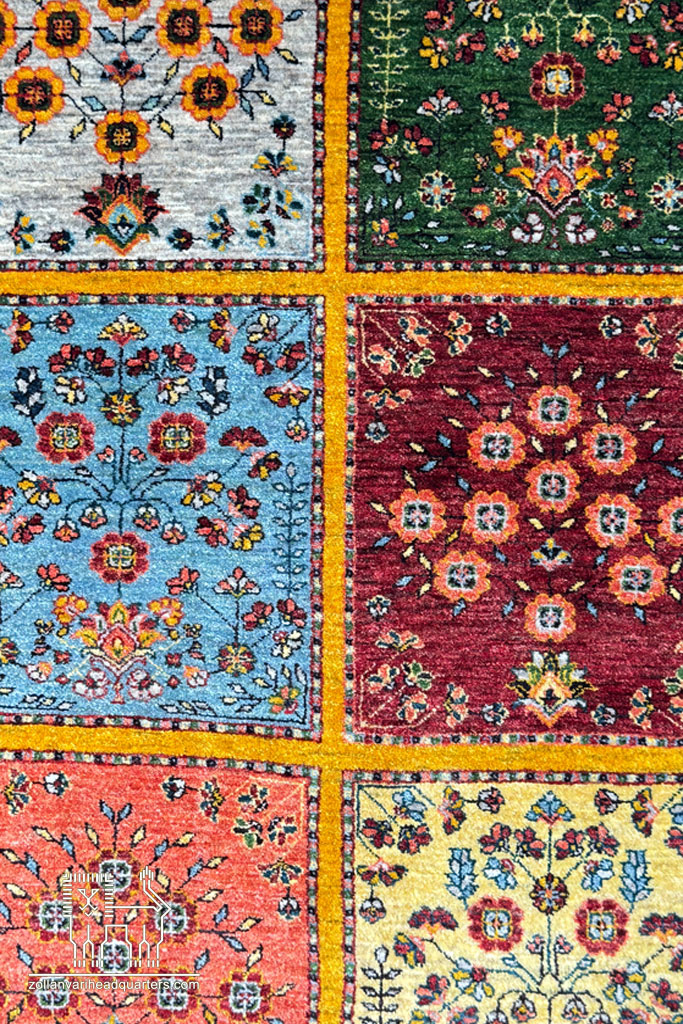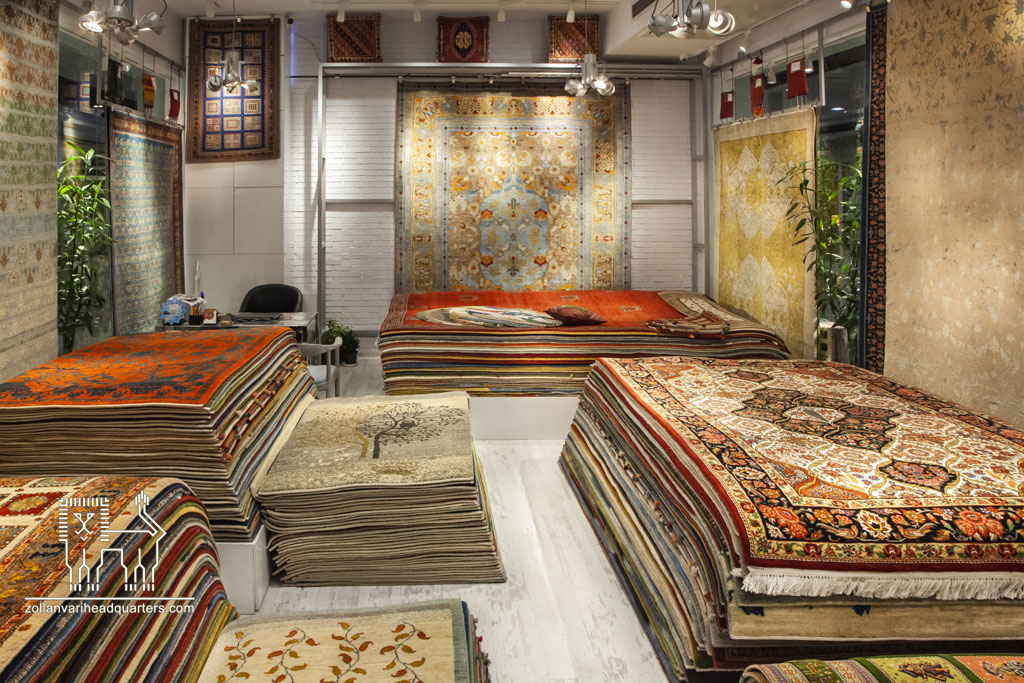From A to Z: The Handmade Gabbeh Sales Hub of Iran in Hong Kong
Imagine, amidst the towering skyscrapers of Hong Kong, alongside luxury boutiques and modern art galleries, a simple and warm rug lies on the ground—its designs inspired by the heart of Iranian nature. A Gabbeh woven by the skilled hands of nomadic artisans, with threads of emotion and storytelling. At first glance, it may seem like a strange contrast, but in truth, this is a meeting point of two different worlds: authentic Iranian art and East Asia’s contemporary lifestyle.
In recent years, Hong Kong has become a significant hub for the sale of Iranian handmade Gabbehs. A city that celebrates both tradition and modernity now hosts Gabbehs that carry thousands of years of story, color, and culture within their threads.
Iranian Gabbeh: Humble Yet Timeless Design
Before diving into markets and stores, we must understand what a Gabbeh is and why it’s so special. Unlike other traditional carpets filled with intricate details and embellishments, Gabbeh is known for its captivating simplicity—minimalist designs inspired by nature, animals, and the everyday life of nomads.
Gabbehs are soft and thick in texture, woven with pure wool and dyed with natural materials—from walnut husks to madder root. This combination of softness, simplicity, and authenticity has made Gabbeh a favorite choice for modern interiors in big cities like Hong Kong. In a world overwhelmed by speed and consumerism, Gabbeh enters homes with poetic silence—not just for beauty, but to evoke warmth, nature, and tranquility.
Gabbeh Market in Hong Kong: A Dialogue Between Tradition and Innovation
Hong Kong is undoubtedly one of the most unique markets in the world—a city where diverse cultures coexist and people are constantly seeking authenticity, uniqueness, and distinction. These very characteristics have made Iranian Gabbeh a stand-out choice among interior designers, collectors, and art lovers in the region.
In this city, Gabbeh is not only used as a floor covering but also regarded as a piece of art. In some art spaces and luxury boutiques, Iranian Gabbehs are hung on walls or used as focal pieces in interior design. The warm colors, simple yet profound patterns, and organic feel are exactly what the Hong Kong buyer looks for. Additionally, specialized exhibitions of carpets and handicrafts in the city offer a valuable opportunity to introduce Gabbeh to international audiences. These exhibitions not only drive sales but also position Gabbeh as a cultural symbol of Iran.

Zollanvari Handwoven Carpet Company: Giving Gabbeh a Global Voice
Among all Gabbeh and carpet producers, the name Zollanvari shines like a genuine jewel. With over three generations of experience in producing, designing, and exporting Persian handwoven rugs, Zollanvari offers Gabbeh not merely as a product but as a “cultural messenger.”
Zollanvari’s Gabbehs, using fine Iranian wool, plant-based dyes, and nature-inspired designs, have captivated markets from Europe to East Asia. In Hong Kong, too, Zollanvari’s presence in exhibitions and galleries has elevated Gabbeh from a simple rug to a piece of art.
What sets Zollanvari apart is its blend of tradition and bold innovation. Each Gabbeh emerging from their workshops preserves a legacy while fitting seamlessly into contemporary living. This is exactly what the discerning, detail-oriented Hong Kong buyer is looking for.
Conclusion
Iranian handmade Gabbehs—especially those from authentic brands like Zollanvari—have carved out a valuable position in Hong Kong’s exclusive and competitive market. This success is not solely due to quality or design, but the deep connection between Iranian culture, craftsmanship, and the spiritual needs of modern humans.
With continued digital media efforts, greater participation in exhibitions, and a commitment to preserving authenticity, Iranian Gabbehs can be introduced globally—not just in Hong Kong—as ambassadors of culture, tranquility, and beauty. Though simple in design, Gabbeh is profound in meaning, and it is this very depth that has captured the heart of the world.


Write a Comment